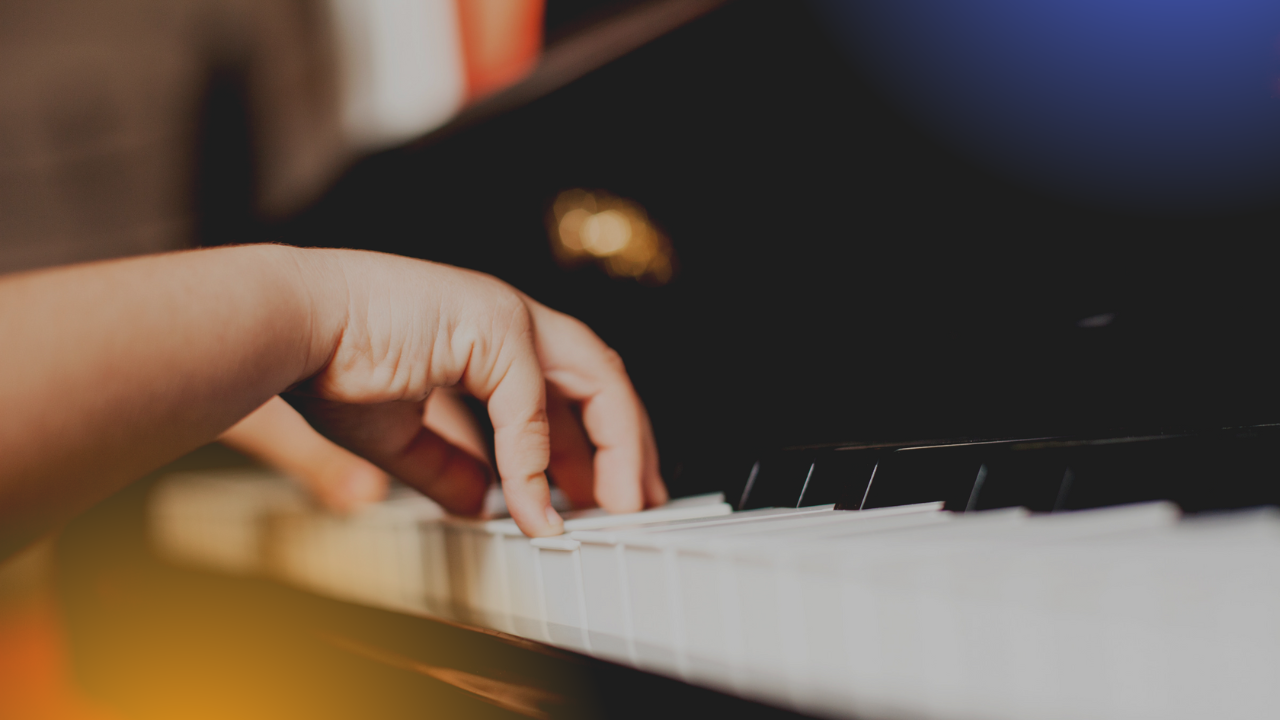THE TOP TEN MUSIC PRODUCERS
In the fast-paced world of music production, the talented people behind the soundboard often go unnoticed. These music producers are the unsung heroes. They shape the sound of popular music with their creativity, technical skills, and innovative use of audio engineering tools. They craft beats in top recording studios, mix and master tracks, and bring an artist’s vision to life. Looking ahead to 2024, a new wave of music producers is making their mark. These rising stars are pushing the boundaries of sound design. They use the latest DAW software and virtual instruments to create fresh, genre-defying compositions. Their work is heard on major streaming platforms like Spotify, YouTube Music, Apple Music, and SoundCloud. They work with both famous and new artists to deliver hits. In this article, we’ll introduce you to the top ten music producers to watch in 2024. From talented newcomers to seasoned pros, these producers are shaping the future of music. We’ll explore their recent projects, collaborations, and innovative techniques. Join us as we dive into their world. CLICK HERE FOR VIDEO EDITING CLICK HERE FOR PRO MUSIC PRODUCER Key Takeaways Discover the top ten music producers who are shaping the sound of popular music in 2024 Learn about the rising stars and established professionals making waves in the industry Explore the innovative techniques and tools used in modern music production Understand the importance of music producers in crafting chart-topping hits Gain insights into the collaborations between producers and notable artists across various genres The Rising Stars of Music Production in 2024 The music industry is always changing, bringing new talent to the forefront. As we look to 2024, several new music producers are set to make a big impact. They’ve already worked with famous artists and are expected to do even more in the future. Noah Levine is one to watch, coming from Berklee College of Music. He mixes electronic and organic sounds, catching many eyes and ears. His work with Phoebe Bridgers and Clairo shows he can make beautiful music that fits the artists perfectly. Zach Fogarty is another star on the rise, known for his wide range of genres. He’s worked with stars like SZA, Jean Dawson, and Mac Demarco, adding his unique touch to their music. His work with A$AP Rocky, King Princess, and Fousheé has also earned him praise, making him a producer to keep an eye on. “I’m always striving to push the boundaries and create something fresh and exciting. Collaborating with artists from different genres allows me to explore new sonic territories and keep evolving as a producer.” – Zach Fogarty BNYX, a young producer from Atlanta, is making a name for himself in hip-hop and rap. His early work with Yeat got him noticed, leading to projects with big names like Drake, Lil Uzi, and Travis Scott. BNYX’s sound, blending strong beats with melodies, is set to be big in 2024 and after. Producer Notable Collaborations Genre Noah Levine Phoebe Bridgers, Clairo Indie, Electronic Zach Fogarty SZA, Jean Dawson, Mac Demarco, A$AP Rocky, King Princess, Fousheé Various BNYX Yeat, Drake, Lil Uzi, Travis Scott Hip-hop, Rap CLICK HERE FOR PRO MUSIC PRODUCER These rising stars in music production will likely shape the music of 2024 and beyond. With their fresh ideas, diverse projects, and talent, they’re set to lead the next wave of influential producers. They’re ready to leave their mark on the industry for years to come. Noah Levine: From Berklee to the Big Leagues Noah Levine is a music producer and Berklee graduate who has quickly become a big name in the music world. He started by making his own music and then worked with famous artists. This shows his growth and potential in music production. Levine loved music so much, he went to Berklee College of Music to learn more. There, he improved his skills and found his own sound. After graduating, he made his own music, showing off his creativity and skill. Solo Music and Collaborations While making his own music, Levine caught the eye of new artists who liked his unique style. This led to working with artists like Noah Kahan and Ruel. These collaborations let Levine grow and learn from other artists. “Collaborating with other musicians has been an incredible learning experience for me. It’s amazing to see how different artists approach the creative process and how we can combine our styles to create something truly unique.” – Noah Levine Levine’s list of achievements keeps getting longer, with many new projects coming up. He can work with different music styles, making him a top choice for producers. A Bright Future Ahead Noah Levine’s career is booming, and everyone is excited for what he’ll do next. He plans to release more of his own music and work with both new and famous artists. This will help him become a top music producer. Upcoming solo projects from Noah Levine Collaborations with a diverse range of artists Continued growth and innovation in music production CLICK HERE FOR PRO MUSIC PRODUCER Noah Levine has talent, hard work, and a love for music. He’s set to make a big mark in the music industry. With his unique sounds and dedication, his future looks very bright. Zach Fogarty: Breaking Boundaries Across Genres Zach Fogarty has quickly made a mark in music production. He has worked with top names in the industry, showing his skill in different genres. His unique style and approach have made him a top producer for 2024. Collaborations with SZA, Jean Dawson, and Mac Demarco Zach Fogarty has teamed up with stars like SZA, Jean Dawson, and Mac Demarco. These collaborations have led to hit singles that blend different sounds. His work with SZA mixed R&B and electronic music, creating something new and exciting. Working with Jean Dawson on “Pixel Dust” showed his love for experimentation. His collaboration with Mac Demarco on “Sunlit Echoes” proved he can adapt to any artist’s style while keeping his own sound. Past Work with A$AP Rocky,
THE TOP TEN MUSIC PRODUCERS Read More »




